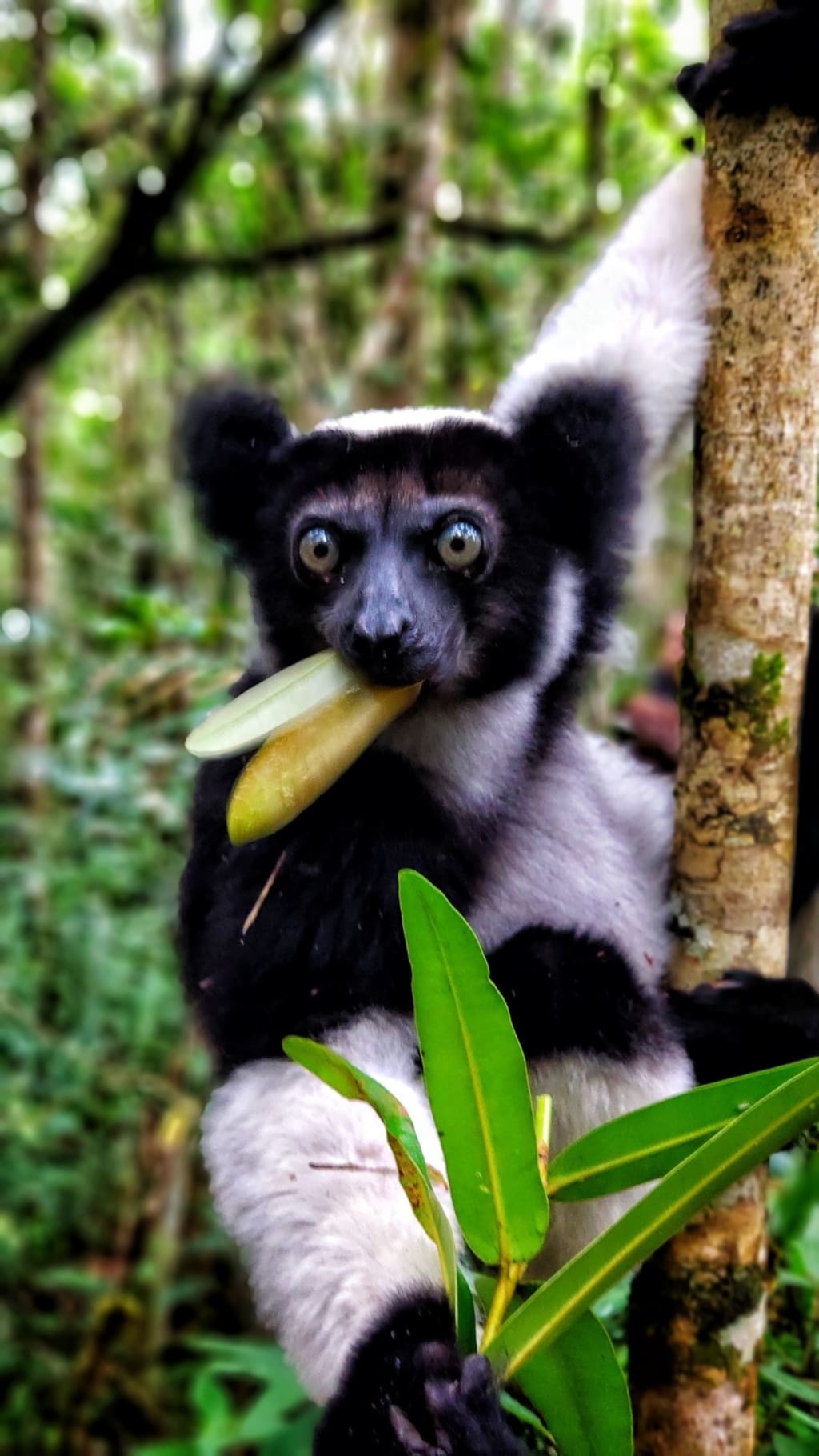Moving it with King Julian
A movie inspired trip to Madagascar

I will not be the first to admit that for a very long time my knowledge of madagascan fauna consisted of a crazed ring-tailed lemur who memorably performs I Like to Move It at a rave for animals in the jungle. Years after my parents first took me to see the DreamWorks animation Madagascar, however, while rewatching the movie sequel for the umpteenth time with my boyfriend in our newly rented apartment in London, I came to an irreversible eureka moment.
“We are going to Madagascar!”, I screamed, not knowing what his reaction would be. We had been considering the possibility of doing a one in a lifetime holiday that would take us outside of Europe for the first time in our lives, but we had been struggling to find the perfect destination for weeks.
As one of the most important biodiversity hotspots in the world, a large proportion of madagascan wildlife, including the ring-tailed lemur voiced by Sacha Baron Cohen in the movie, cannot be found anywhere else on the planet. Packed with beautiful, unspoiled nature, with no mass tourism infrastructure and only a three hour time difference with London... The island that King Julian had conquered with his catchy tune seemed like the perfect holiday destination for an adventure seeking young couple of amateur photographers. Fast forward six months, after hours devouring travel guides and internet forums on how to access the most remote parts of the country and having got a couple of additional vaccines we landed in Antananarivo, the dense capital of the South African gem.
Madagascar did not disappoint. We first explored the tropical paradise of Île Sainte-Marie on a motorcycle, a former pirate’s hideaway with lush vegetation and soft sand beaches. We then penetrated into the mysterious rainforest in the Masoala peninsula, with no mobile phone signal nor electricity, where we befriended a small fishing village next to our ecolodge. We ate the traditional zebu dishes and even learnt a few words of Malagasy with our friendly guide, a 55 year old man who could walk barefoot for hours in the jungle. Madagascan people welcomed us into their homes with smiles and a degree of humbleness that made our trip the most enjoyable stay.
Being used to carrying a smartphone in our pockets to capture improvised shots in the urban landscape, we have never been fans of large, heavy cameras. I would say we were jealous of the powerful camera lenses the few tourists we met on the trip carried along in their excursions, allowing them to photograph the rarest animals and nearly-extinct birds from miles away, but we appreciated being able to immerse into the magical dance of green shades around us instead, as we discovered the inhabitants of Madagascar’s national parks without the stress of missing the most remarkable shots. With our smartphone always ready to freeze the colourful scenes around us, we focused on spontaneously encapsulating the daily moments the trip brought close to us.
During the two weeks of our journey, we were lucky to come across lemurs time and again. The first unexpected encounter happened on our last day in Île Sainte-Marie as we were playing rackets on one of the beaches in the north of the island. Our visit to the Masoala peninsula also came with some surprises. We witnessed groups of red ruffed lemurs jumping across trees deep into the forest and crossed glances with the most disturbing red eyes staring at us from the distance during our nocturnal excursions. But it was walking around the Andasibe National Park in the final stop of our trip that we had real close range experiences with these social creatures, and that we finally met the live-action King Julian when a group of ring-tailed lemurs unexpectedly jumped on our canoe.
It was also during one of these excursions, as we moved away from the crowded main path across the park, that an Indri lemur came down to a low tree in search of food and elegantly posed for our photograph. It stayed right in front of us for a while, two meters above the ground, calmly staring at us as it enjoyed an early afternoon snack. We stood there holding our breath, trying to digest the magical moment as we finally managed to capture a close-up of the oldest living primate, legendary symbol and unique highlight of a movie inspired trip to Madagascar.
Back in London, we took some time and let the photographs sit for a bit before looking through them. By the time we revisited the more than 2,000 shots, we were able to experience the place all over again and allow ourselves to be surprised at our own work. Through hours of photoshop and daunting selection, we learnt to appreciate the shots we didn't think were special at the time but provided beautiful details or conveyed powerful emotions. Beyond the anecdotic snapshots, a little homework and some perspective at home helped us turn unscripted travel photographs into a true narrative.
About the Creator
Enjoyed the story? Support the Creator.
Subscribe for free to receive all their stories in your feed. You could also pledge your support or give them a one-off tip, letting them know you appreciate their work.






Comments
There are no comments for this story
Be the first to respond and start the conversation.